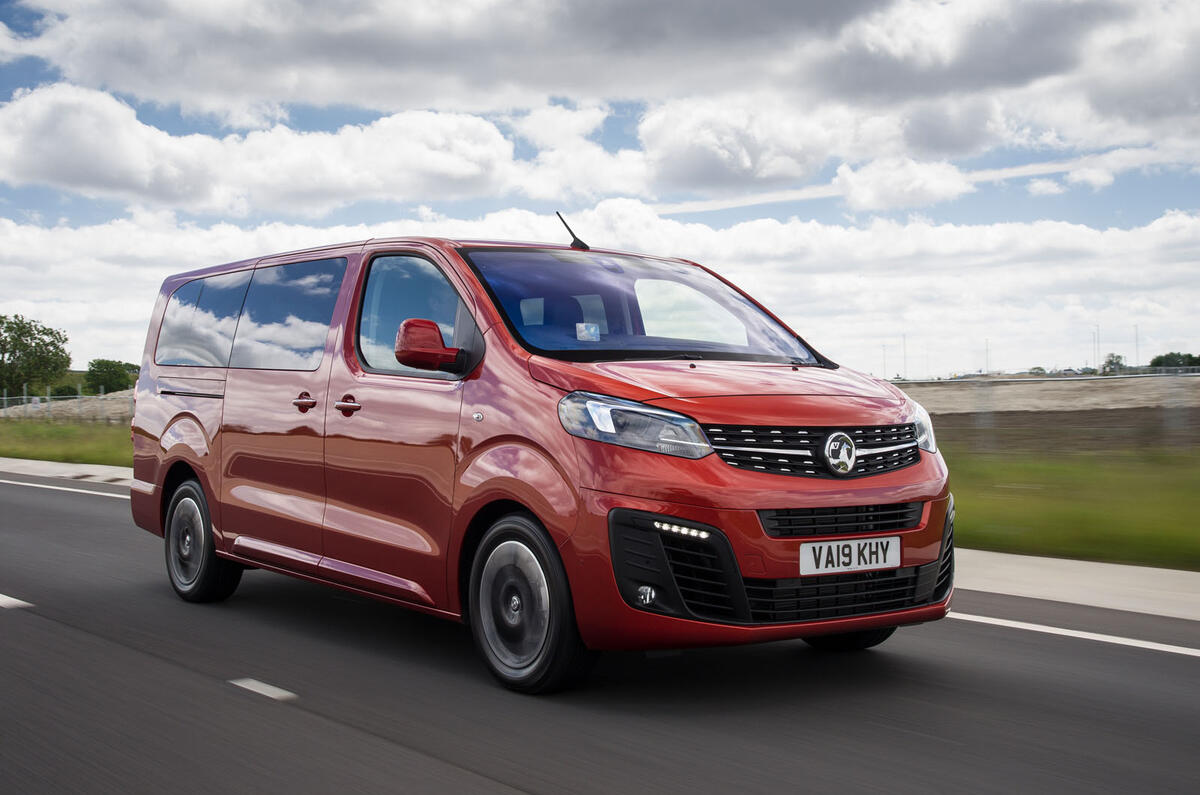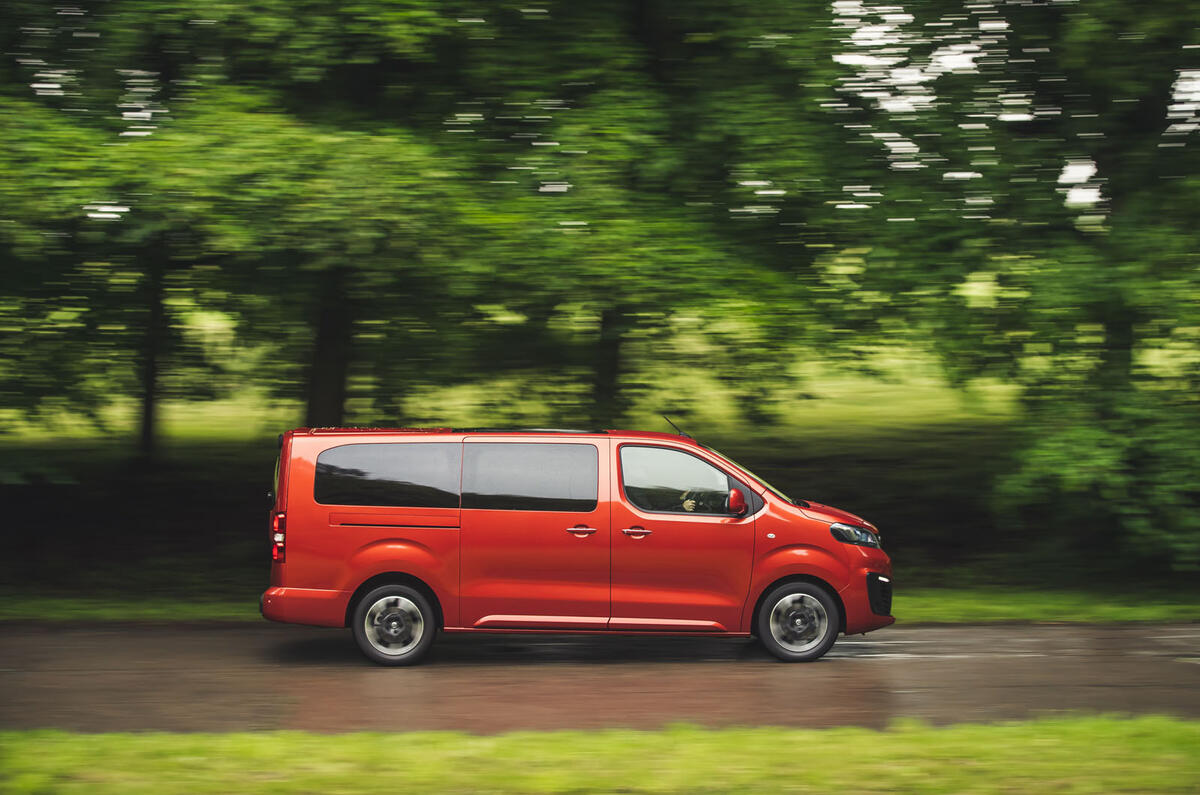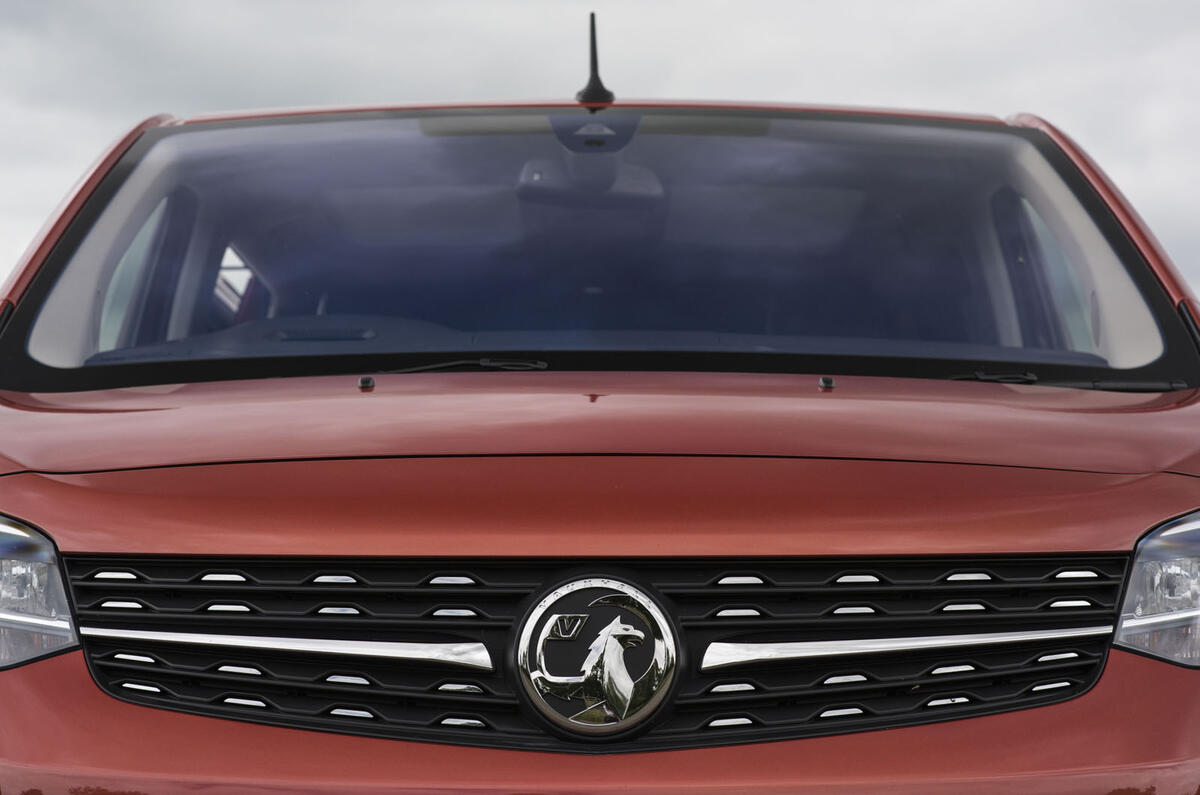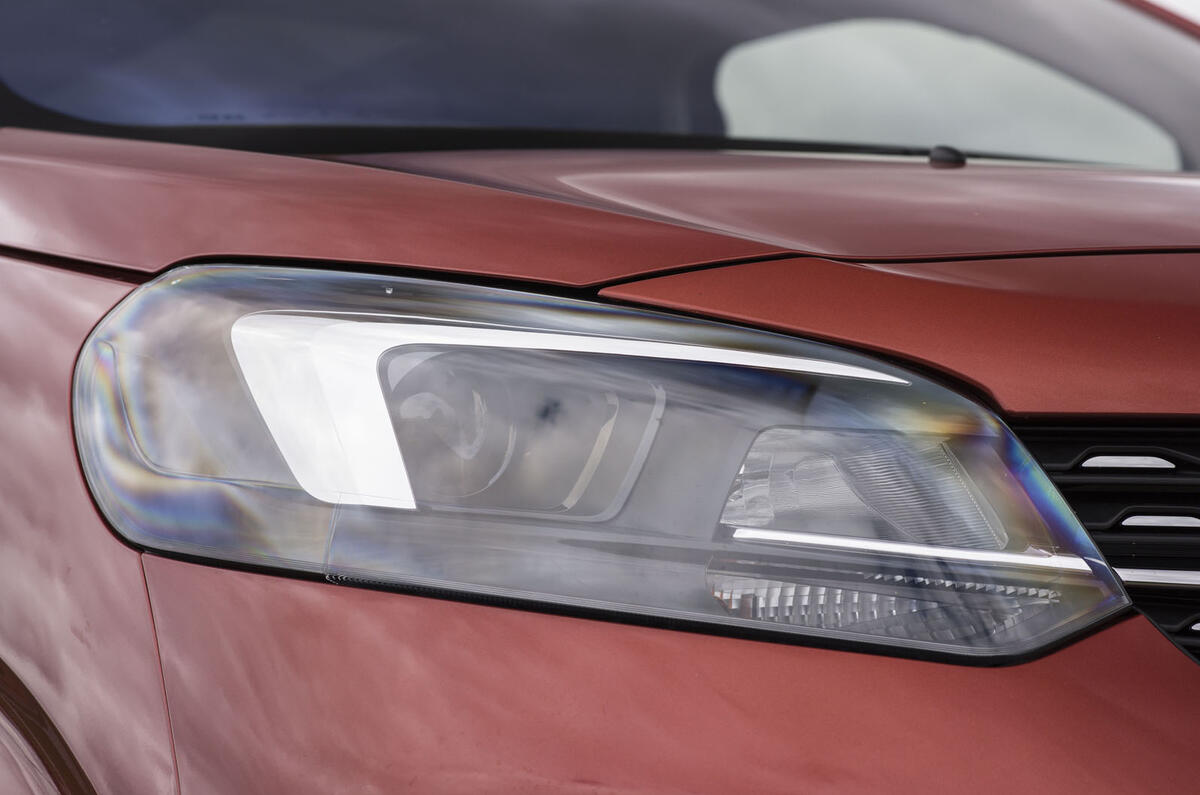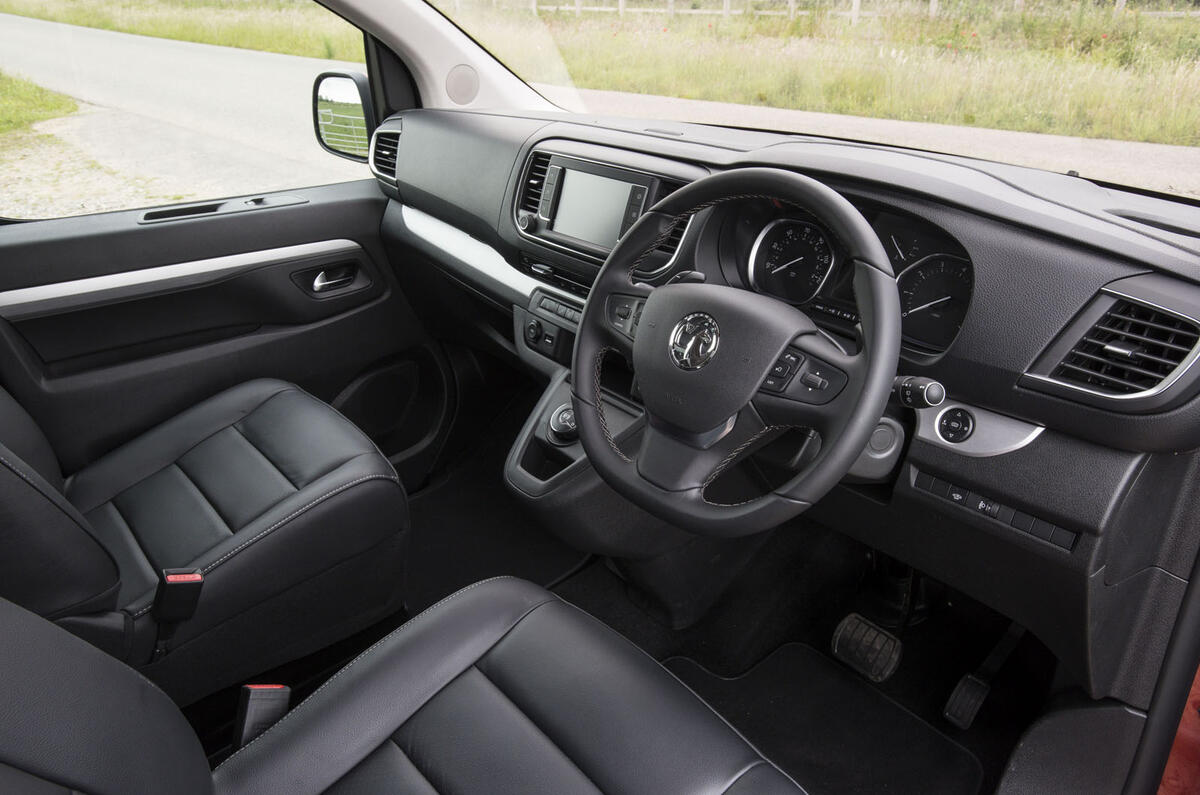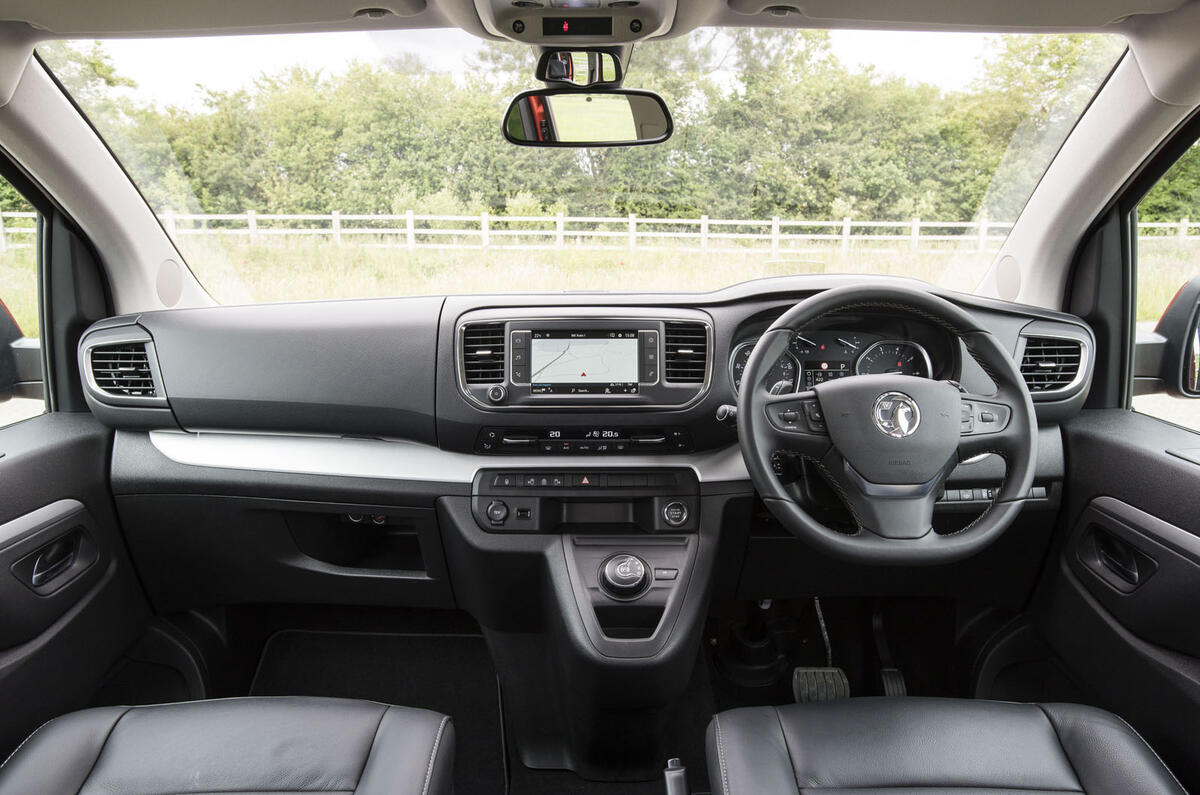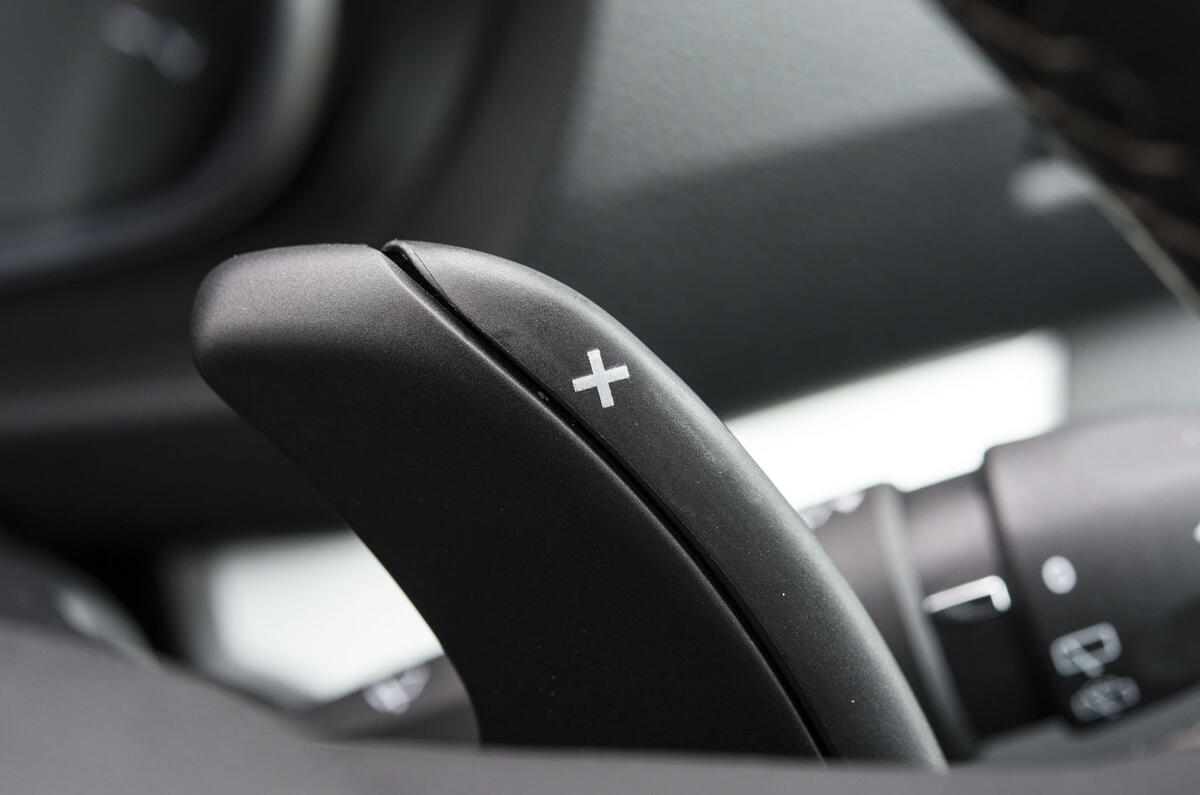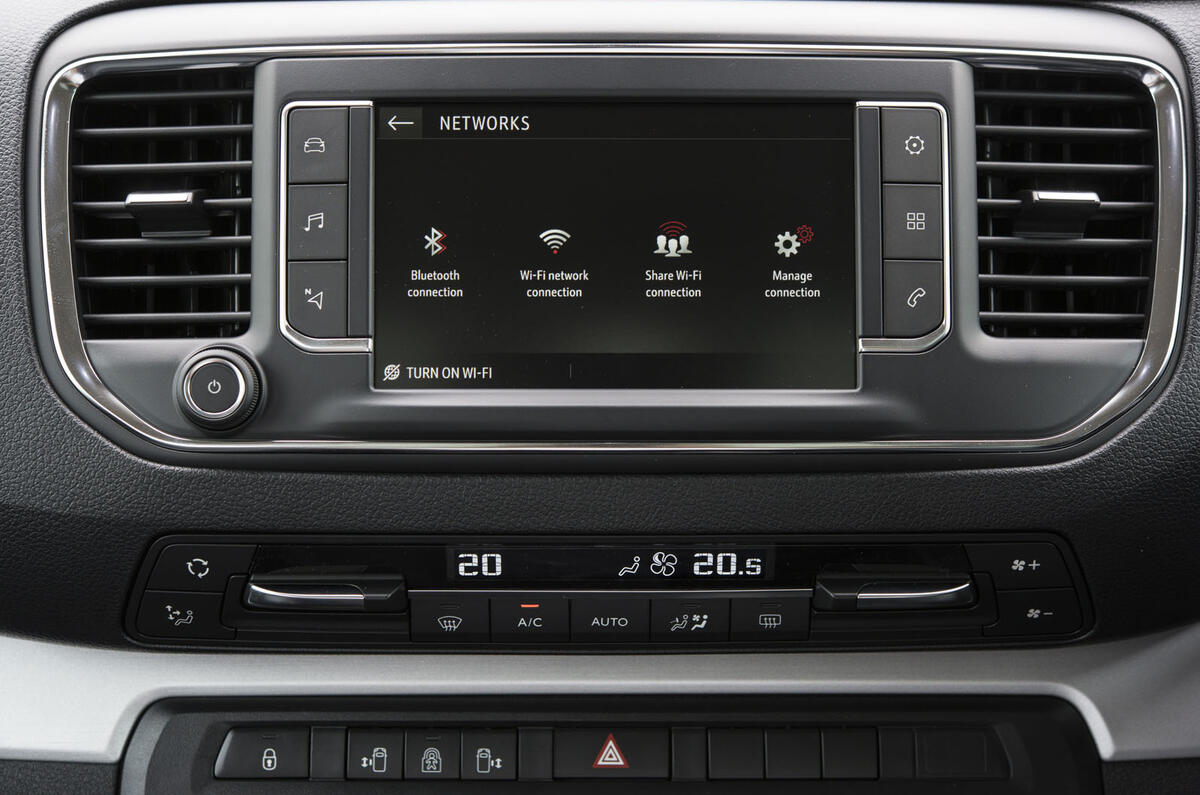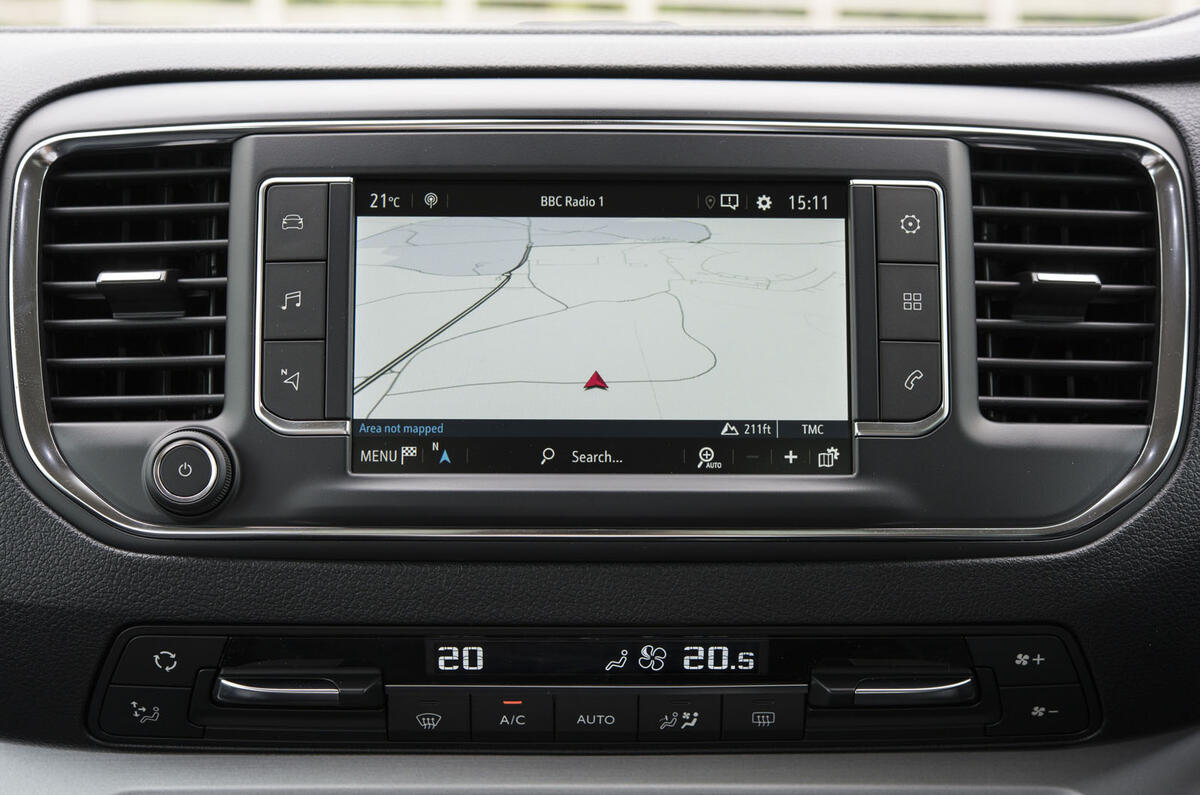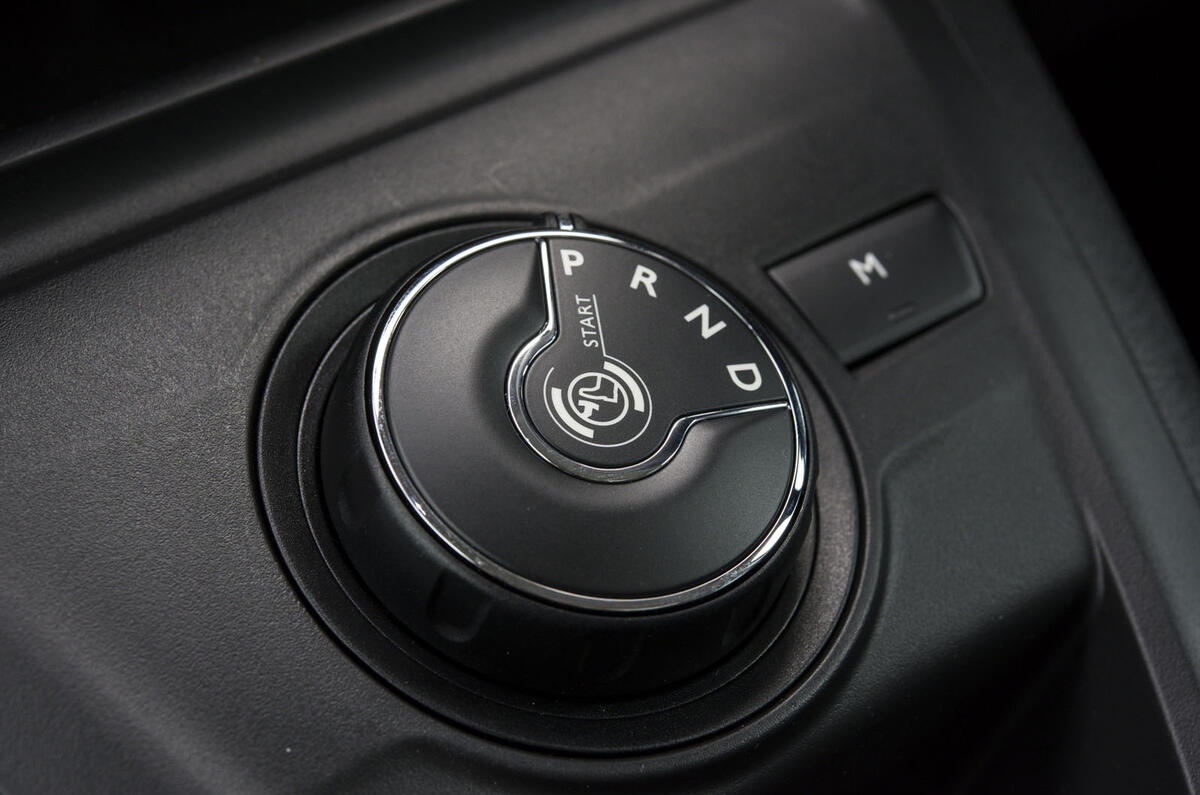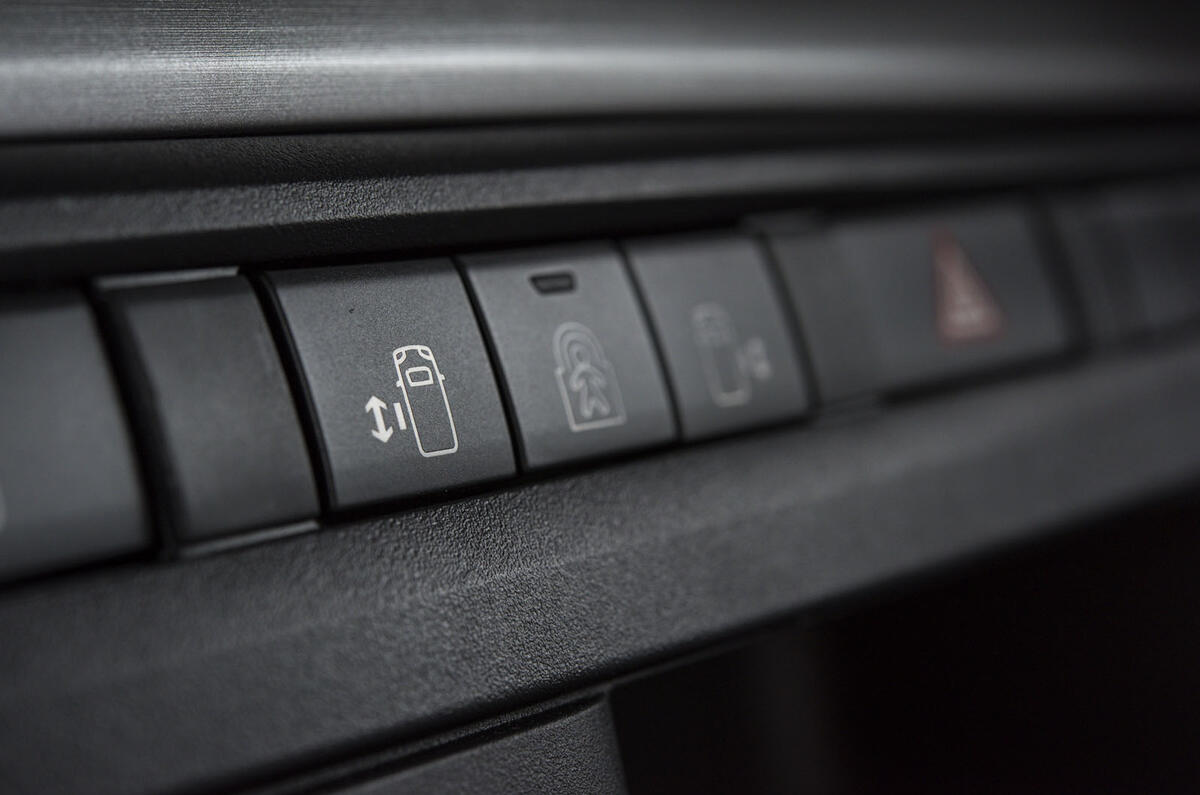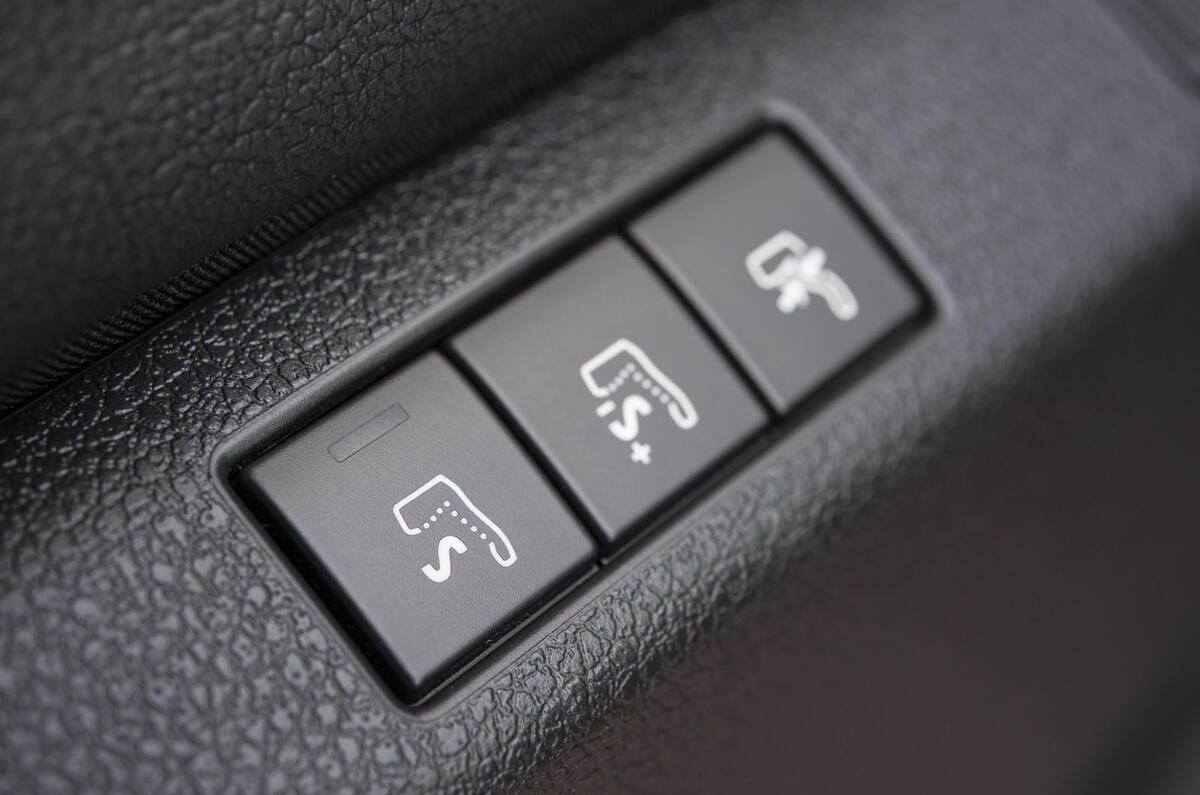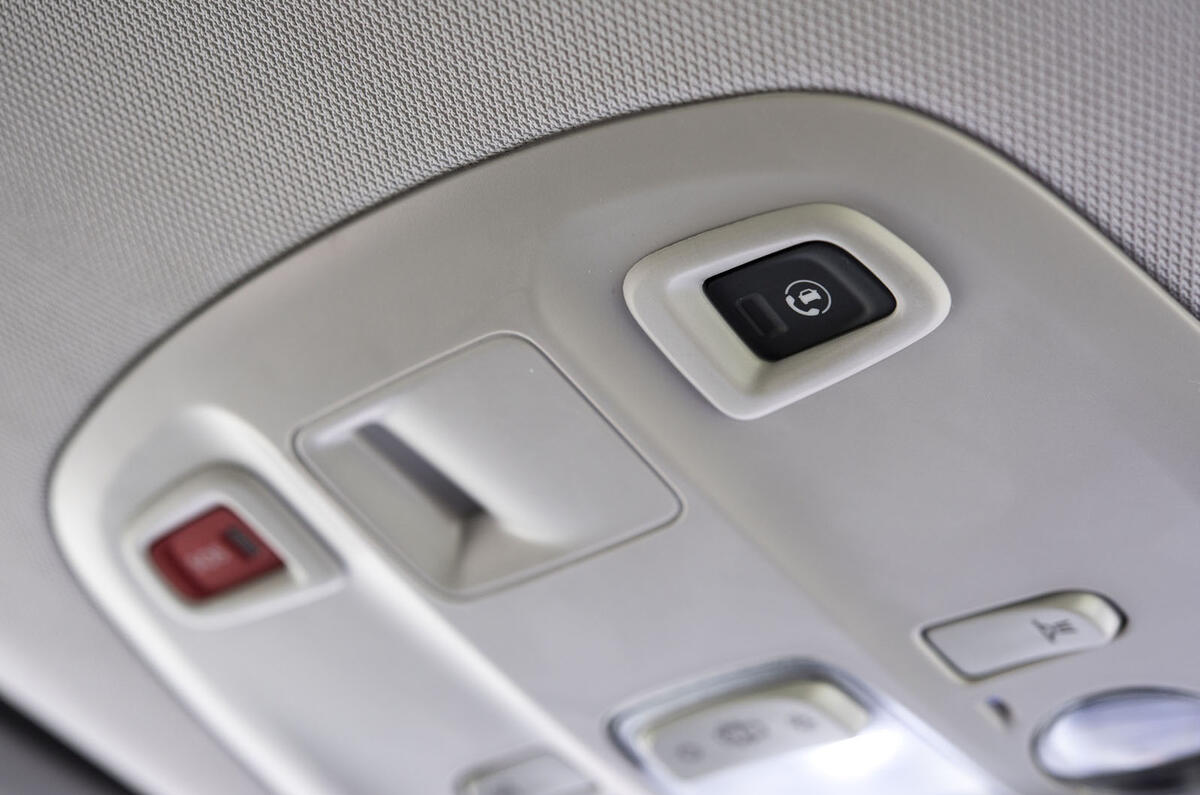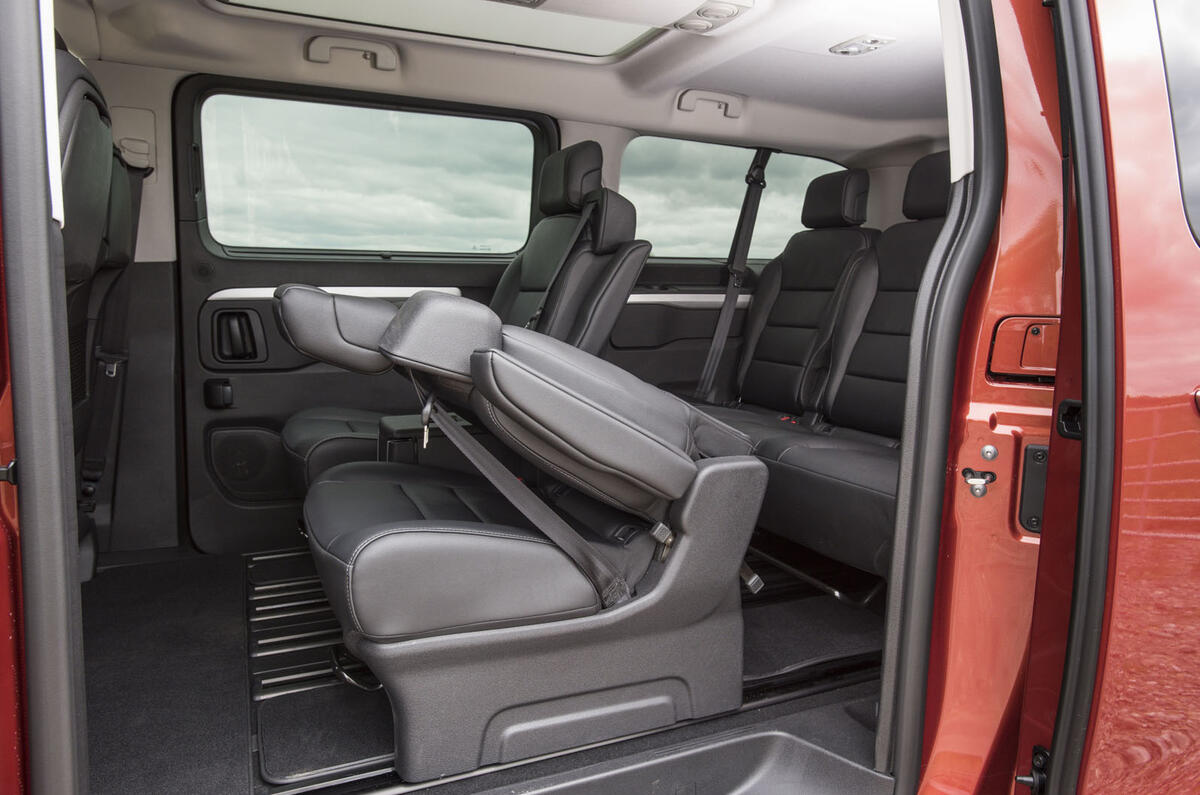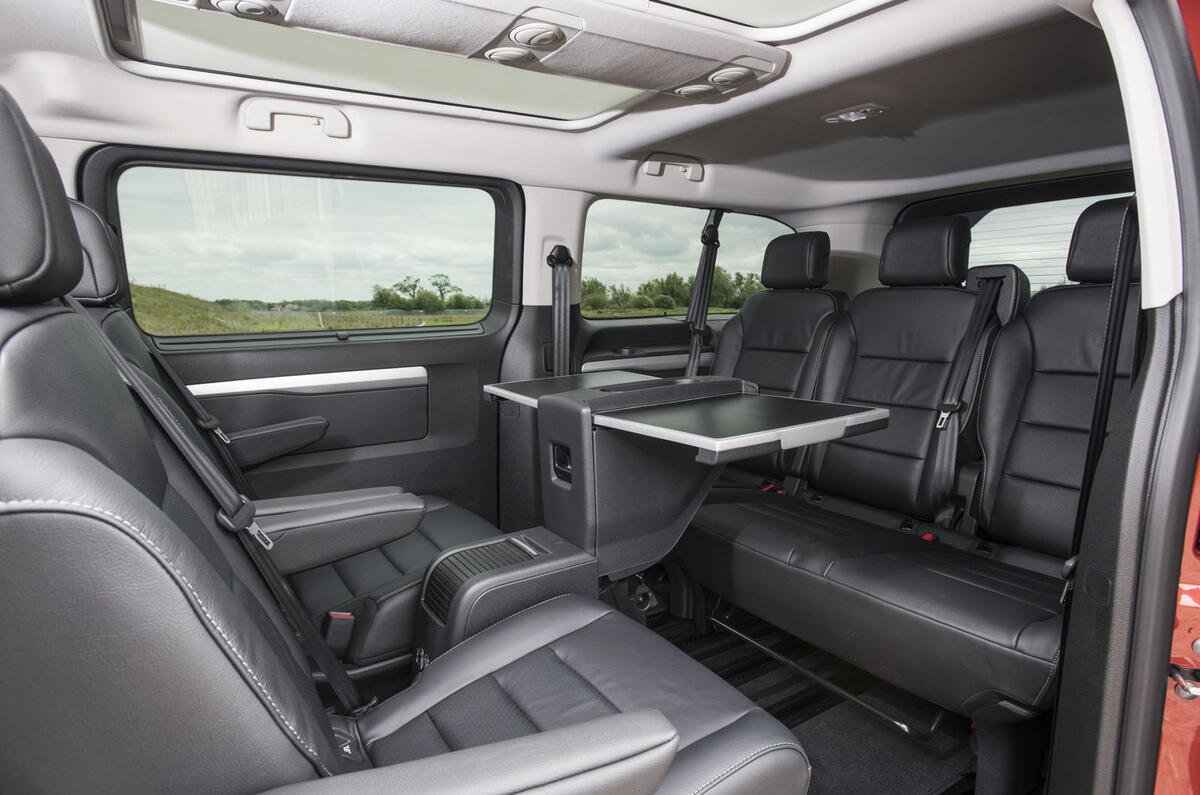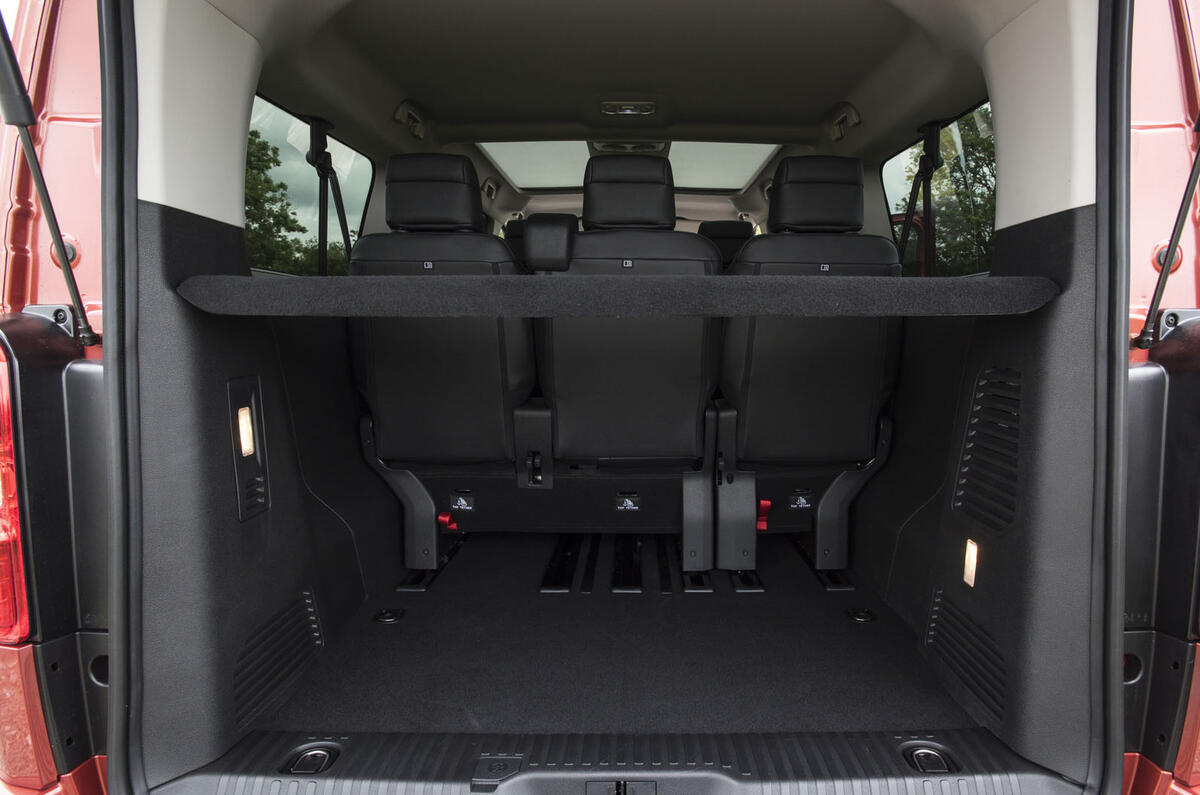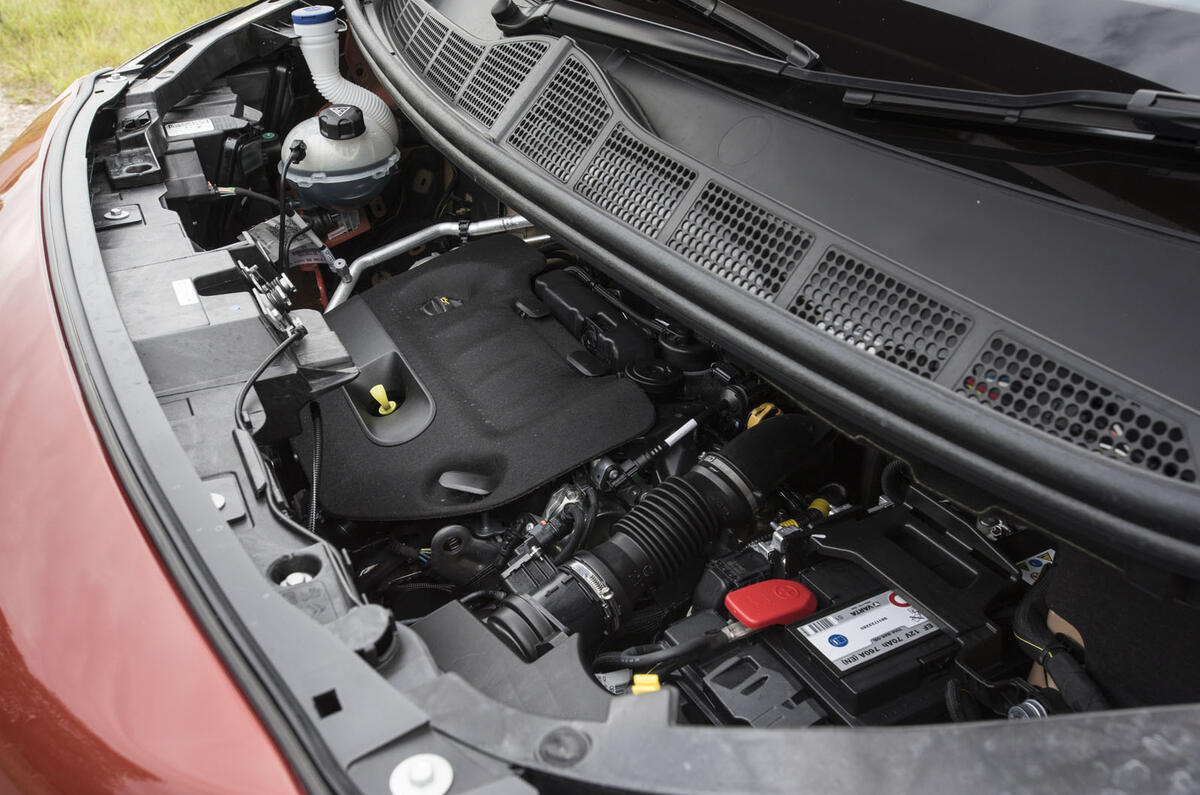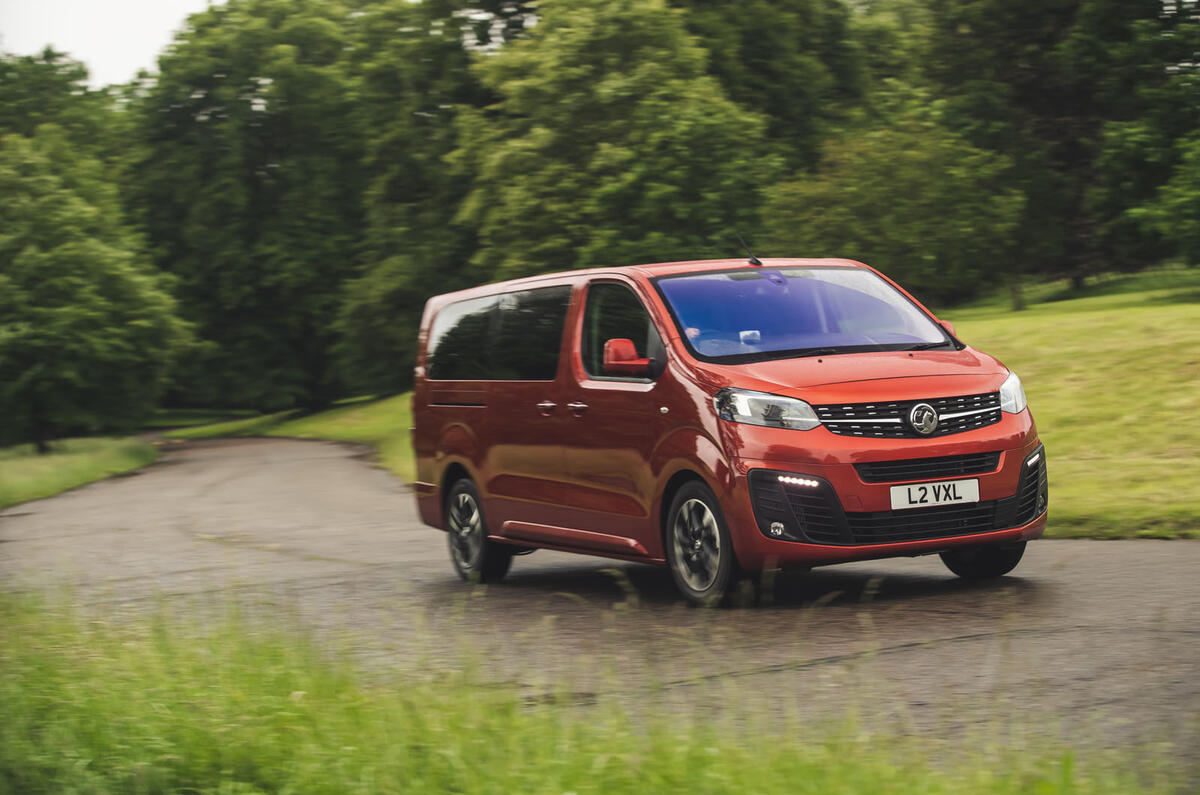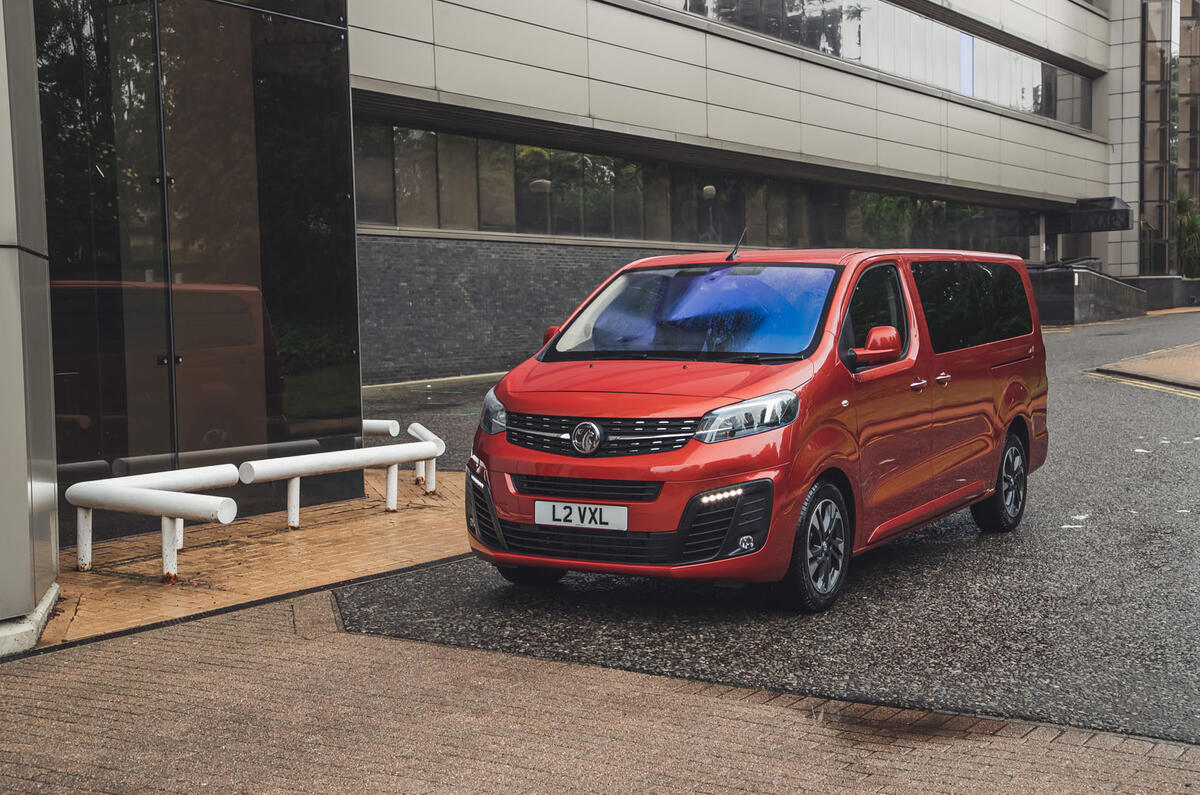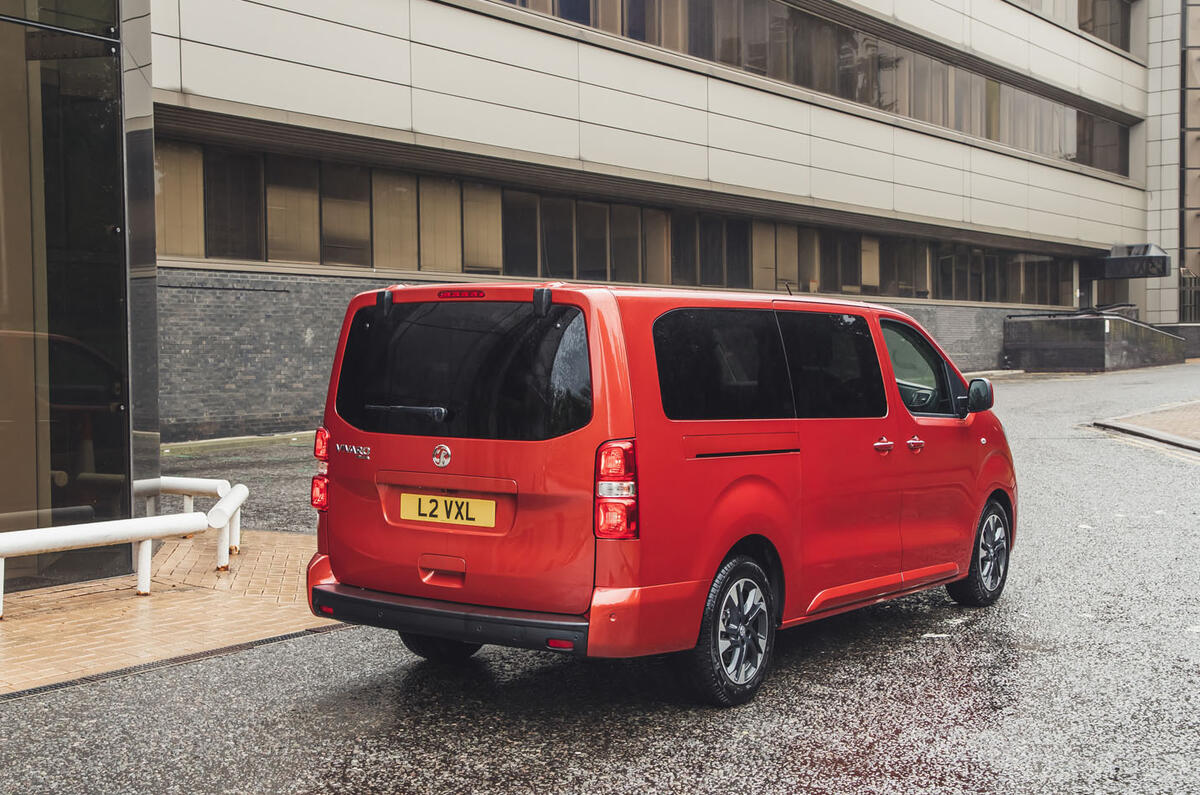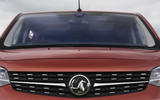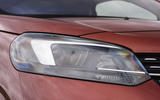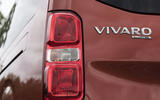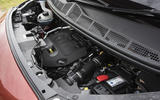It’s the new Vivaro: thorn in the side of Ford’s best-selling Ford Transit (and its Torneo derivatives) and unassuming saviour of Vauxhall’s long-standing plant at Luton.
Since the very boxy-looking last-generation Vivaro van, ownership of Vauxhall has changed hands from General Motors to PSA Group, and with all the various uncertainties that go with mass-producing cars in this day and age, that put the future of the plant at Luton – and some 1400 jobs – in some jeopardy.
PSA’s eventual decision to build the overhauled Vivaro, with its new French underpinnings, in England has secured those jobs for the next decade or so, and with sibling vans the Peugeot Expert and Citroën Jumpy (seriously, who comes up with these names?) also set to be built at the plant, it will bring the output up to 100,000 vehicles annually.
That is the background. The Vivaro itself will come in two forms: Vivaro and Vivaro Life, though both are built on PSA’s EMP2 platform. It knocks the old car’s ladder-chassis into obscurity and its modularity allows the EMP2 to elsewhere support cars ranging from the Peugeot 508 saloon to the crossover DS 7 Crossback. It's not very van-like, in short, which is good news if you ever own or hire a Vivaro Life for minivan duties.
Engine-wise there’s a choice of 1.5-litre and 2.0-litre turbodiesels (they’re PSA BlueHDi units, though rebadged ‘Turbo D’) ranging from 98bhp to 178bhp and with usefully long service intervals of at least 25,000 miles. Lower-powered versions get a six-speed manual while the top-spec cars get an eight-speed automatic. All are front-driven – Vauxhall’s IntelliGrip system, which uses brake and ESP intervention to maximise traction, is said to help out in less than ideal conditions.


